If you are an individual who has chosen to get out from under crushing debt in Indiana by filing for bankruptcy, there are usually two avenues available to you: Chapter 7 and Chapter 13 bankruptcy. Each works in different ways, each involves its own eligibility requirements and each has its own benefits and drawbacks. In this article, we at Miller Flannery Law invite you to take a closer look at the pros and cons of Chapter 13 bankruptcy.
Generally speaking, Chapter 13 is for people who have a steady income as a means of paying off debt but cannot afford current monthly payments. Chapter 13 allows you to reorganize your debt into more manageable increments and pay it off over a designated timeframe, usually three to five years.
There are a number of potential drawbacks involved with Chapter 13 bankruptcy:
- You must meet minimum eligibility requirements
- If you apply for a mortgage, you may have a harder time getting approved
- Most of your disposable income will go toward the repayment plan
- You will lose your credit cards
- There will be consequences if you fall behind on monthly repayment installments
However, there are advantages to filing Chapter 13 as well. According to United States Courts, Chapter 13 can put a halt to foreclosure proceedings on your home, while Chapter 7 cannot. Furthermore, because Chapter 13 reorganizes your debt rather than discharging it in exchange for liquidating your assets, you do not need to worry about losing your home, car or other assets.
More information regarding how Chapter 13 bankruptcy works, and whether it may be right for you, is available on our website.

